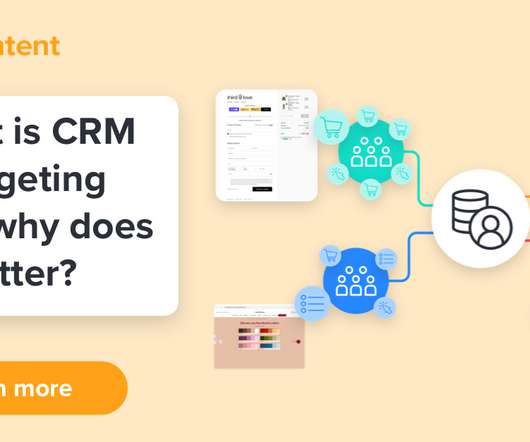Millennials vs. Gen Z: How Are They Different?
Salesforce Marketing Cloud
SEPTEMBER 14, 2022
Salesforce data can help you understand and respond to online shopping behavior across generations to drive ecommerce growth. Uber, Lyft, Instacart, UberEats, and DoorDash were founded around 2010, and Gen Z favorite GoPuff, which promises delivery in less than 30 minutes, arrived in 2013. See the latest Shopping Index.















Let's personalize your content